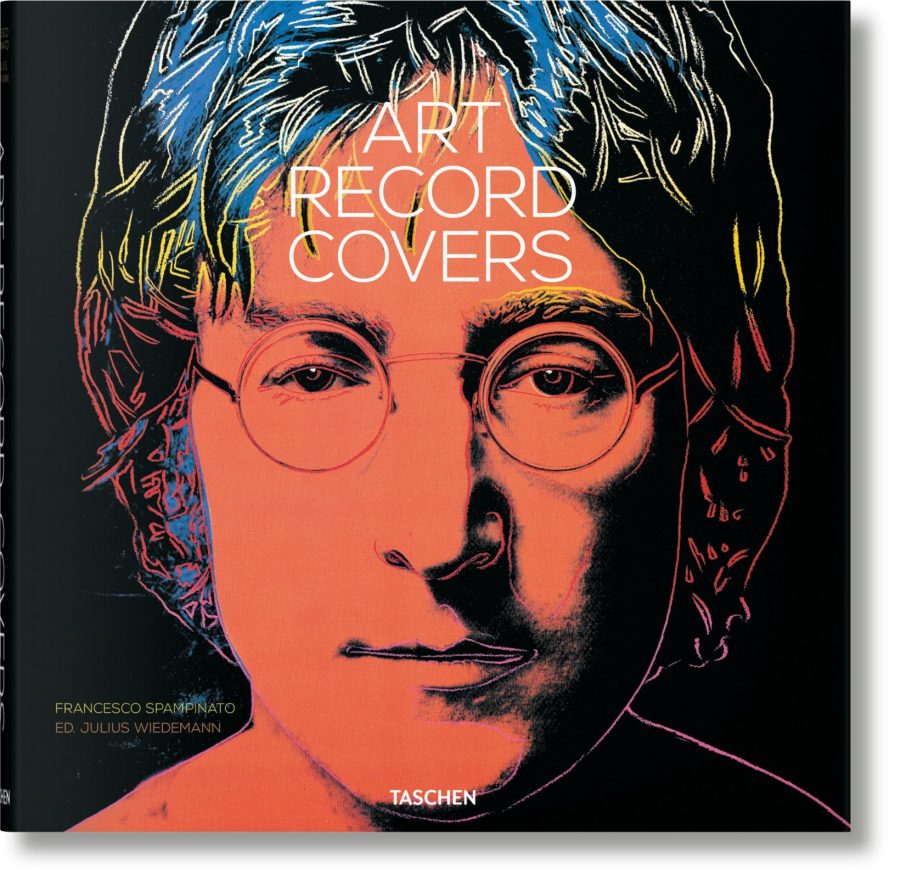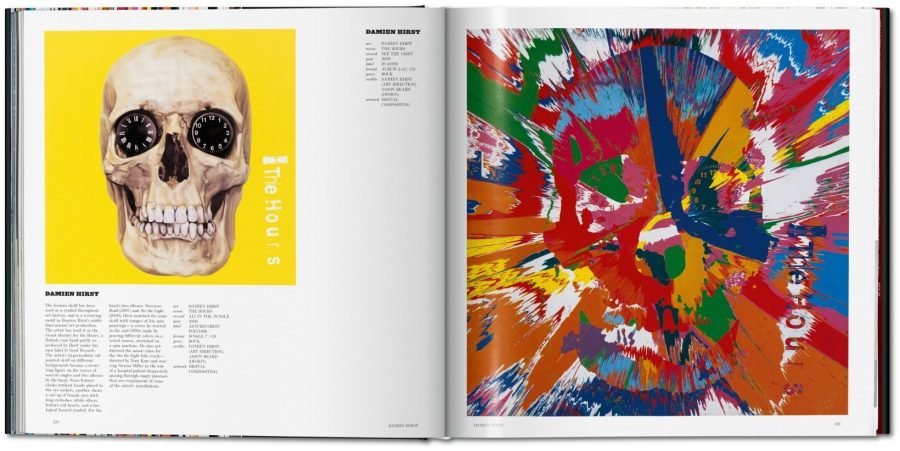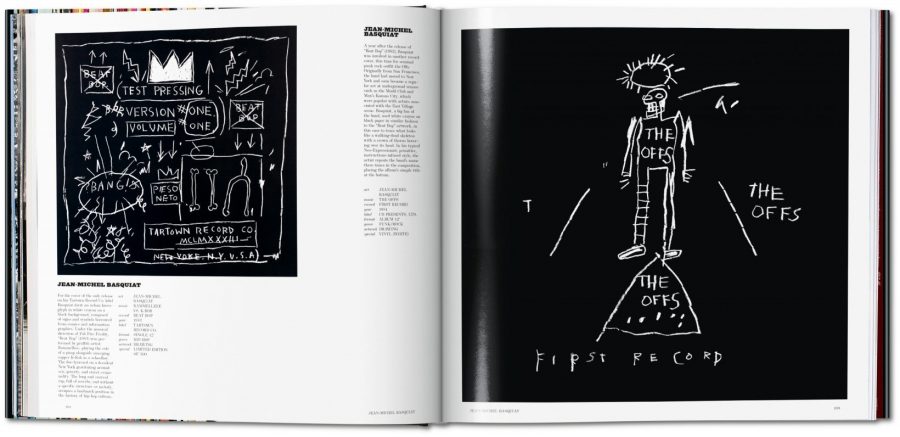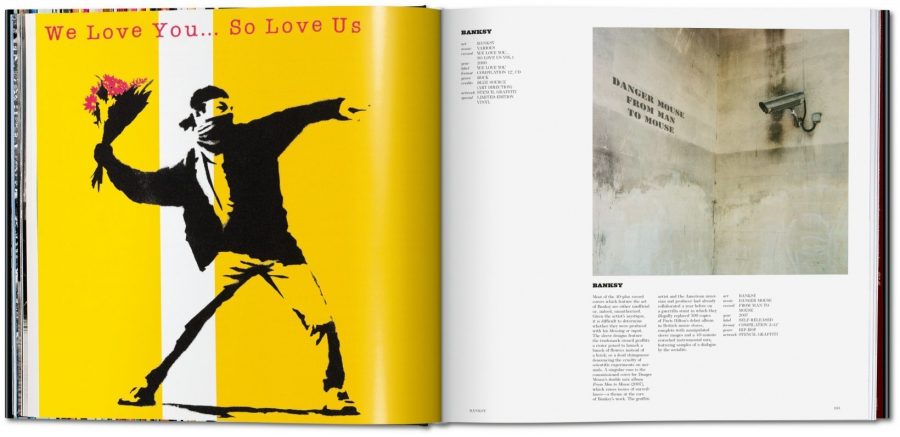
Mark Linsenmayer, Erica Spyres, and Brian Hirt grasp the low-hanging fruit in pop culture to talk about Star Wars: The unique place that these films have in the brains of people of a certain age, how we grappled with the prequels, and why we feel the need to fill in and argue about the details.
We primarily focus on the two most recent emanations of this beast, The Mandalorian and Rise of Skywalker. We talk alien and droid aesthetics (how much cuteness is too much?), storytelling for kids vs. adults reliving their childhood, pacing, plotting, casting, whether celebrity appearances ruin the Star Wars mood, creation by an auteur vs. a committee, and what we’d like to see next.
We had enough to say about this that we didn’t need to draw on online articles, but here’s a sampling of what we looked at anyway:
- “The Robotic Familiarity of ‘Star Wars: the Rise of Skywalker’ ” by Richard Brody
- “After ‘Star Wars: The Rise of Skywalker,’ Where Does Disney (and the Franchise) Go From Here?” by Noah Berlatsky
- “After ‘Rise of Skywalker,’ Here’s How Lucasfilm Should Handle Future ‘Star Wars’ Films” by Brandon Katz
- “I Never Knew How Much I Needed a Star Wars TV Series Before The Mandalorian” by Rob Bricken
- “‘The Mandalorian’ and the Power of an Unimpeachable Season Finale” by Alison Herman
- “‘The Mandalorian’ Creators on the Weekly Release, Choosing Directors, and the ‘Star Wars’ Holiday Special” by Christina Radish
- “Star Wars at 40: 5 Ways Star Wars: A New Hope Changed Everything” by Dan Brooks
- “Ithorians: Star Wars’ Strangest Aliens, Explained” by Vincent Pasquill
This episode includes bonus discussion that you can only hear by supporting the podcast at patreon.com/prettymuchpop. In this case, it’s all just more Star Wars talk, covering droid body dysmorphia and humanization, the cycle of embodiment via action figures and re-presentation on the screen, tragedy in Star Wars vs. Watchmen, making up for racism in Star Wars through sympathetic portrayals of Sand Person culture, watching particular scenes many times, clown biker troopers, and more. Don’t miss it!
This podcast is part of the Partially Examined Life podcast network.
Pretty Much Pop: A Culture Podcast is the first podcast curated by Open Culture. Browse all Pretty Much Pop posts or start with the first episode.








